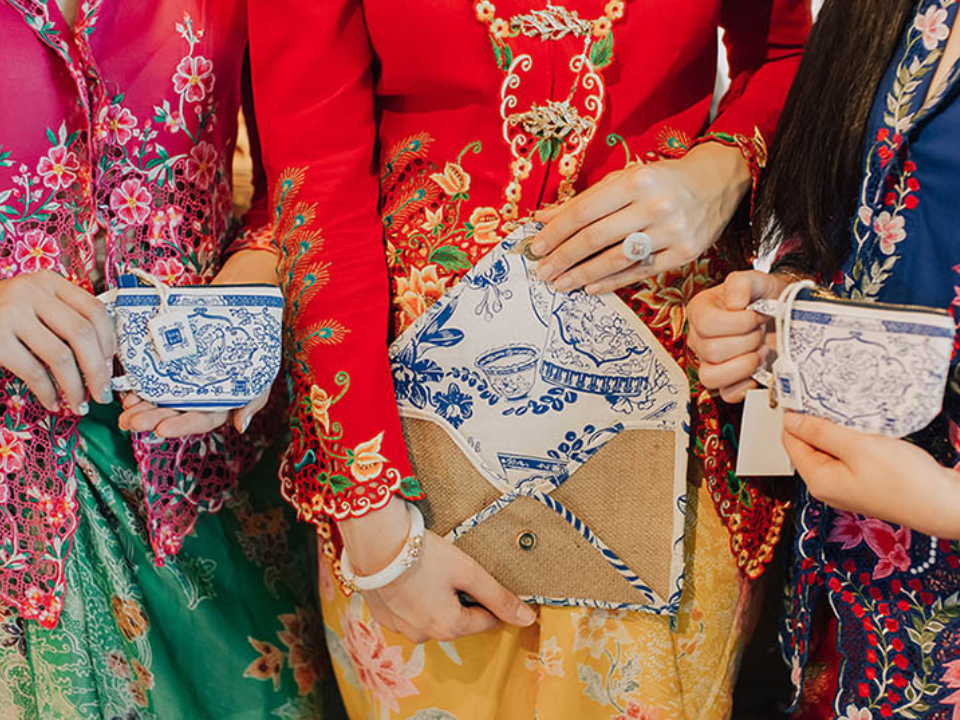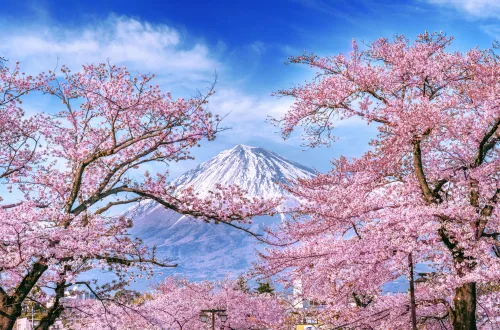
UNESCO Celebrates the Timeless Elegance of Kebaya
The elegant and iconic kebaya, a traditional garment beloved across Southeast Asia, has been officially recognised by UNESCO as an Intangible Cultural Heritage. This recognition not only celebrates the kebaya’s cultural significance but also underscores its role as a symbol of shared heritage and unity in the region.
The kebaya, known for its intricate embroidery, delicate fabrics, and timeless design, has long been a staple in countries such as Indonesia, Malaysia, Singapore, Thailand, and Brunei. Often paired with a sarong, songket, or batik, the kebaya transcends mere fashion to embody cultural identity, history, and artistry.
First emerging in the 15th century, the kebaya has undergone various transformations while retaining its essence. Historically, it was worn by women from different social strata, adapting to local traditions and preferences. The garment’s enduring popularity reflects its versatility, with modern interpretations blending contemporary styles with traditional aesthetics.
The UNESCO designation highlights the kebaya’s significance as a living tradition that continues to evolve while maintaining its cultural roots. This recognition followed a collaborative nomination process by Indonesia, Malaysia, Singapore, and Brunei, showcasing a unified effort to preserve and promote the kebaya on the global stage.
The recognition of the kebaya as a shared heritage is a testament to the interconnected histories and cultures of Southeast Asia. While each country has its unique take on the kebaya, the garment remains a unifying symbol of pride, resilience, and cultural identity.
In Malaysia, for example, the kebaya is often worn during festive occasions such as Hari Raya Aidilfitri and weddings. Its vibrant colours and intricate designs are a reflection of the country’s multicultural influences. Similarly, in Indonesia, the kebaya is deeply associated with national identity and is prominently featured in traditional ceremonies.
UNESCO’s recognition is expected to boost efforts to preserve and promote the kebaya. Cultural experts and governments are hopeful that this honour will inspire younger generations to appreciate and embrace traditional attire. Efforts to document, teach, and innovate within the realm of kebaya design are likely to gain momentum, ensuring its relevance for years to come.
As the kebaya takes its rightful place among the world’s celebrated cultural treasures, it stands as a reminder of the rich tapestry of Southeast Asian heritage and the power of tradition to bridge the past and present.





